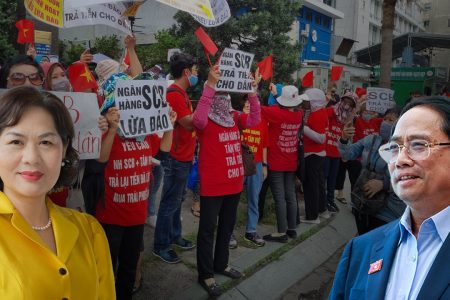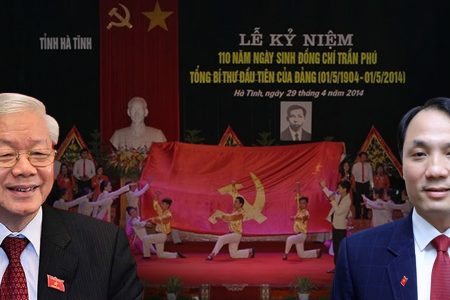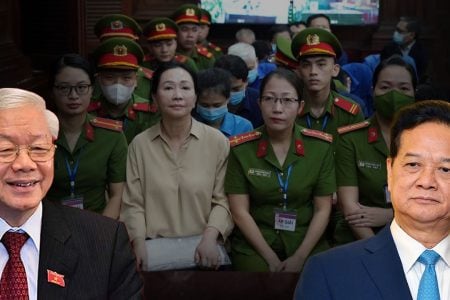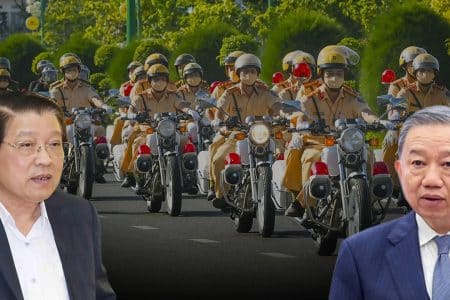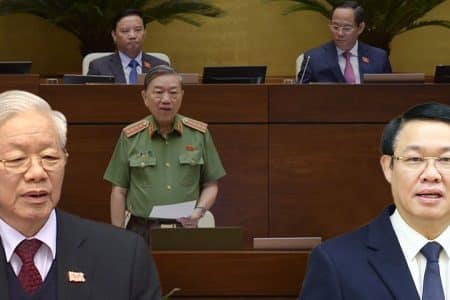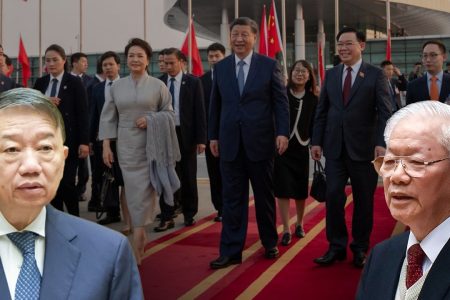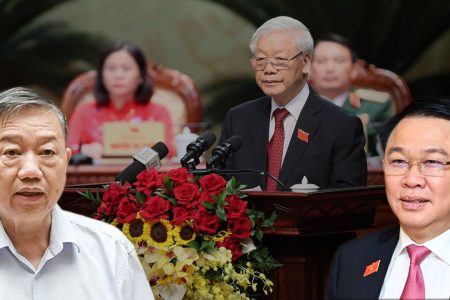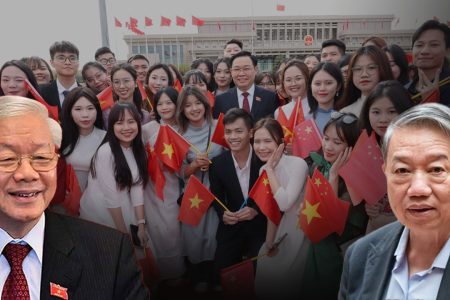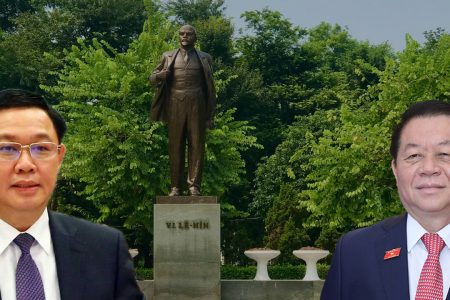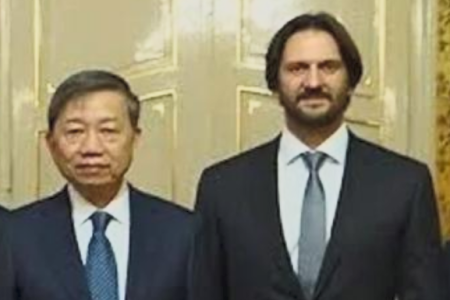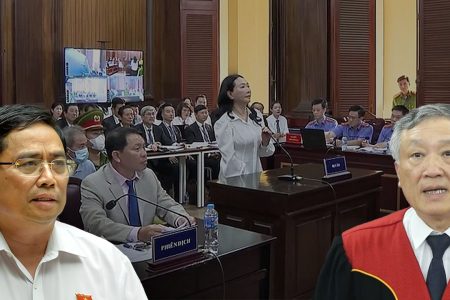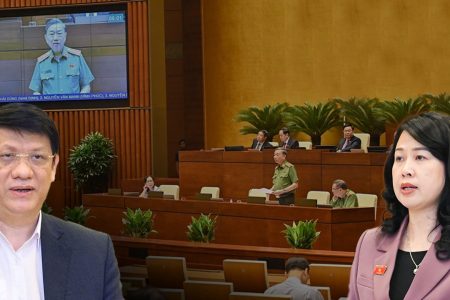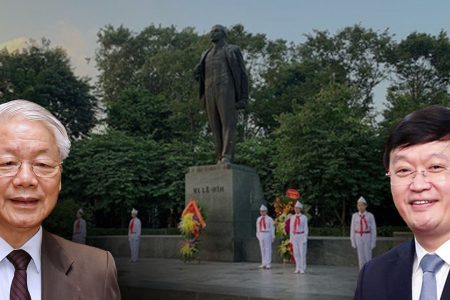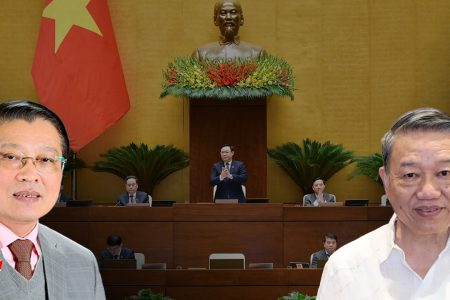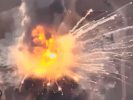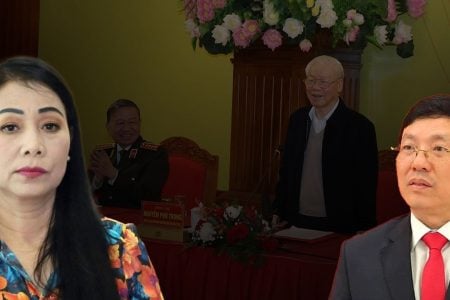
Since the beginning of March 2021, China’s maritime militia has concentrated its ships near all disputed islands controlled by the Philippines and sought to threaten its coastal neighbors, especially Vietnam and the Philippines. and Malaysia, to assert claims over islands in the South China Sea (Vietnam calls it the East Sea). According to information from the Philippines, it is estimated that there are more than 200 ships anchored in Whitsun Reef, which the Philippines claims belong to its exclusive economic zone (EEZ). The Philippines has formally opposed the infringement of Chinese ships over sovereignty as well as jurisdiction over the sea. At the same time, the Philippines has deployed light fighter jets to monitor these illegal ships.
Since China has embellished a number of artificial islands and deployed military equipment and weapons on these islands, the concentration of Chinese marine militia ships in these waters clearly shows the assertive behavior of China. China is also threatening rivals in the South China Sea. It seems that these ships are completely newly deployed to serve only Chinese tactics and to control islands within the exclusive economic zone of the Philippines. Chinese ships anchored near the Sinh Ton (Grierson Reef), which is a traditional fishing ground for Filipino fishermen. The anchorage of more than 200 Chinese ships is located near two Chinese bases and four smaller Vietnamese islands. One of the issues that the international community really cares about is that China wants to extend control over these islands. After taking control of the Mischief Reef in 1995, China is seeking other islands under the control of other claimants to expand their de facto presence.
Seeing from the Chinese embellishment of the Mischief Reef to be one of the largest man-made islands (although it often says it is a shelter for fishermen) and now the reef becomes an official military base, the Chinese ships flocking to Whitsun Reef is a sign that China wants to control this maritime area and the airspace over it. In the context of the 5-year rounding of the permanent arbitration tribunal on the South China Sea, China is denying this ruling and demanding claims for all maritime zones and airspace above it. China has always used “gray zone tactics” with the Chinese maritime militia, supported by the China Coast Guard, to conduct control of the seas. In addition, it can be seen that the types of tactics that China is applying are threats to prevent oil exploration and exploitation activities in areas such as the Nam Con Son basin, Bai Co Rong, Whitsun Reef, and the surrounding areas outside of China’s control waters but within the waters of other claimants, including Vietnam, the Philippines, and Malaysia.
ASEAN countries, chaired by the rotating Chairman of Brunei, must be well aware of that and need to immediately convene a meeting of ASEAN foreign ministers to prioritize resolving these issues. In addition, the international community must pressure China to resolve the crisis and make commitments to soon complete a Code of Conduct (COC) which is still in the negotiation phase. The US Embassy in Manila and the State Department have issued many statements in support of the Philippines. The US State Department has asked China to withdraw its maritime militia and increase support for the Philippines. In fact, if China’s tactics are not prevented, it could also pave the way for China to adopt similar tactics to intimidate other claimants in the South China Sea, with the main focus being Vietnam. Countries like Australia, the UK, Canada, and Japan have expressed support for the Philippines and claimed that China’s fleets have infringed upon the sovereignty and waters of the Philippines.

While the international community has been quiet over the military intervention, the Philippine military has conducted surveillance flights to monitor hundreds of Chinese ships. This move risks escalating into a major crisis. Statements by Philippine President Duterte and Defense Minister Delfin Lorenzana about deploying the Philippine navy and conducting military maneuvers could escalate into a crisis at sea. In that context, it is important that ASEAN immediately make a strong statement on the tactics adopted by China, and that it must also be made by ASEAN dialogue partners as well as other countries in the “Quartet” group supports.
China has learned a lesson or two from the border standoff with India in East Ladakh. China confronted the Indian army and had to eventually retreat to resolve the crisis. China is adopting similar tactics in the South China Sea. Therefore, the international community and ASEAN countries need to have countermeasures to prevent the situation from escalating into a crisis. It is essential that the United Nations General Assembly and the Security Council take note of these developments and demand that China avoid such confrontational attitudes. China knows very well that Brunei, as ASEAN President, will not criticize China directly, but it is clear that it will have to raise the issue at the regional level. The international community must also bring in its navy to ensure that China stops these moves and goes back to maintaining the status quo.
Thoibao.de (Translated)




